Poem of the Day: Geoffrey Nutter’s “Ghosts”
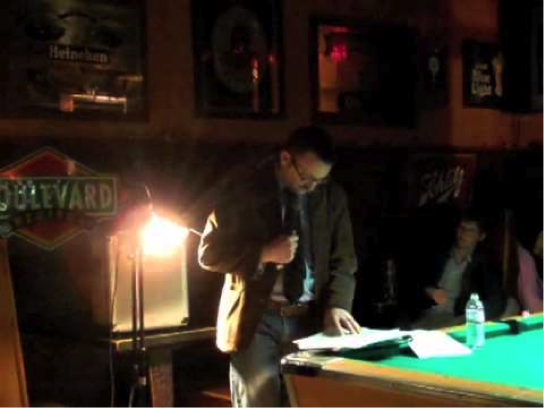
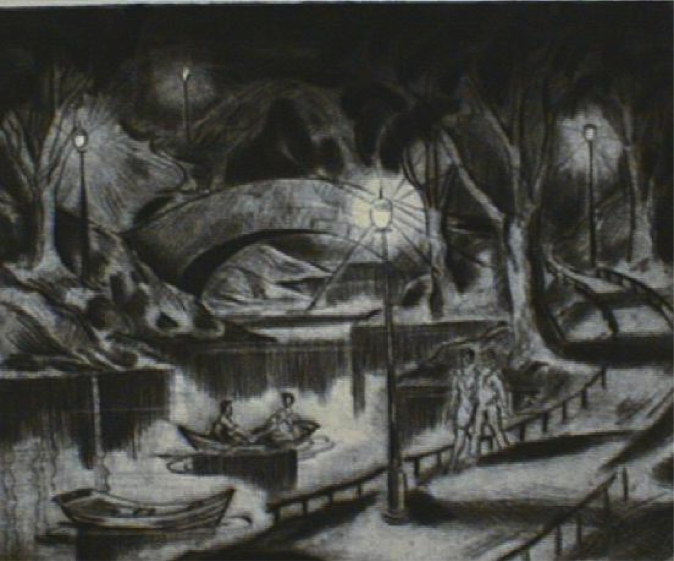
I. I am a man. I’ve lived alone. I’ve been in love. I’ve played with fire, cursed the telephone, and basked in verse, in verve, and also Humid, terrestrial, mixed, nongenderspecific, have occasionally day’s tumult ushers in an evening with a lone moved a woman’s shut icecream stand, false promises of cone heart, although …

The Flying Notebook With its spiraling metal body and white pages for wings my notebook flies over my bed while I sleep— a bird full of quotations and tiny images who loves the night’s dark rooms, glad now to be free of my scrutiny and my pen point. Tomorrow, it will go with me into…
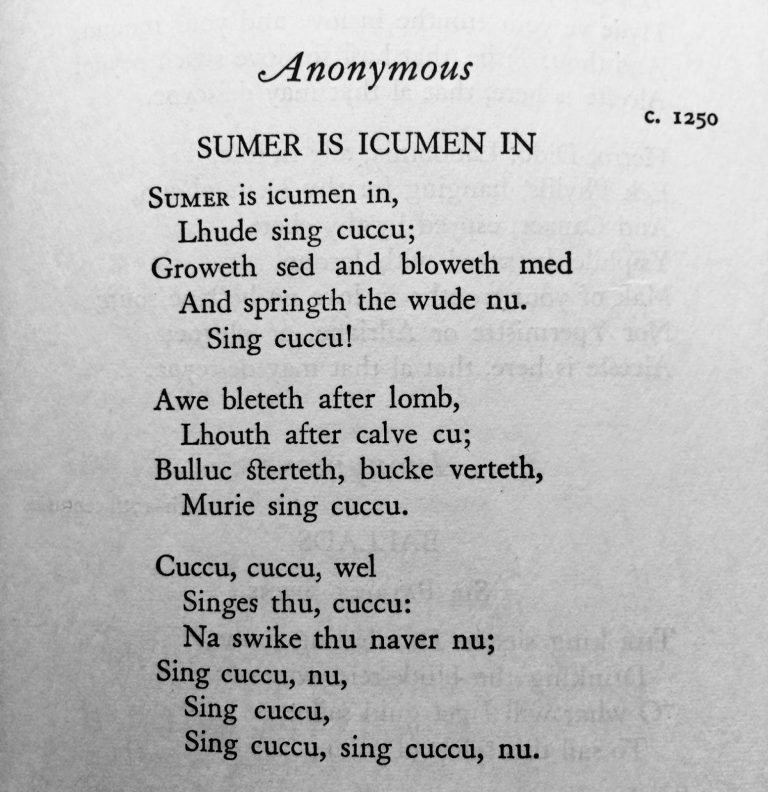
WELCOME TO NATIONAL POETRY MONTH AT GWU ENGLISH! The first National Poetry Month was in April 1996 and was started by The Academy of American Poets as a month-long celebration of poems. In April 1996, I was an undergraduate at the University of Chicago when my poetry professor, Elizabeth Alexander, tasked her students with creating…
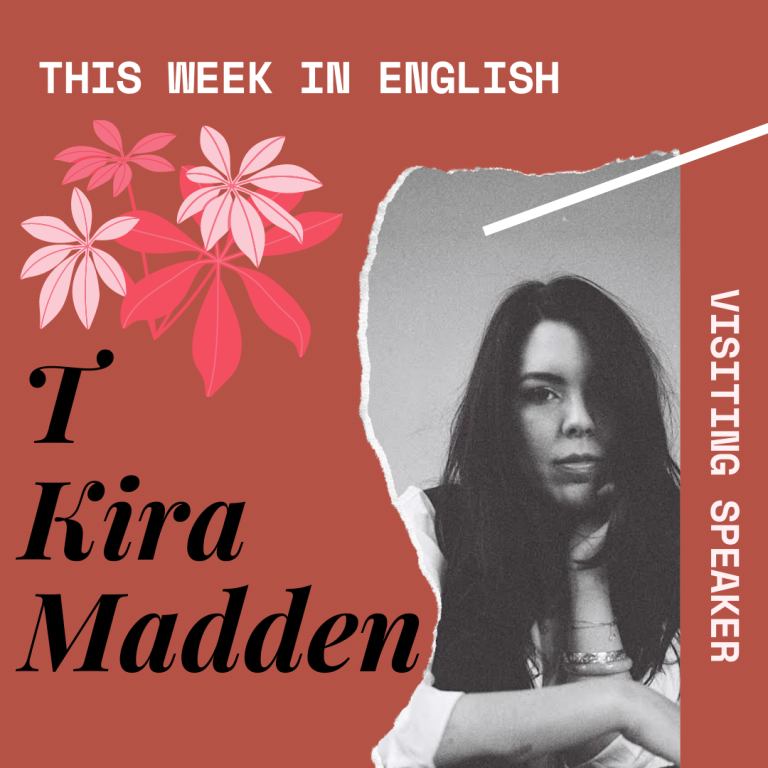
Annie Liontas’ non-fiction workshop. Best known for her work as founding Editor-in-chief of literary and art magazine No Tokens, and her debut memoir, LONG LIVE THE TRIBE OF FATHERLESS GIRLS, Madden visited the writing workshop to provide insight into the inherent power and worth of nonfiction storytelling. In a statement from Professor Liontas, it becomes clear that…
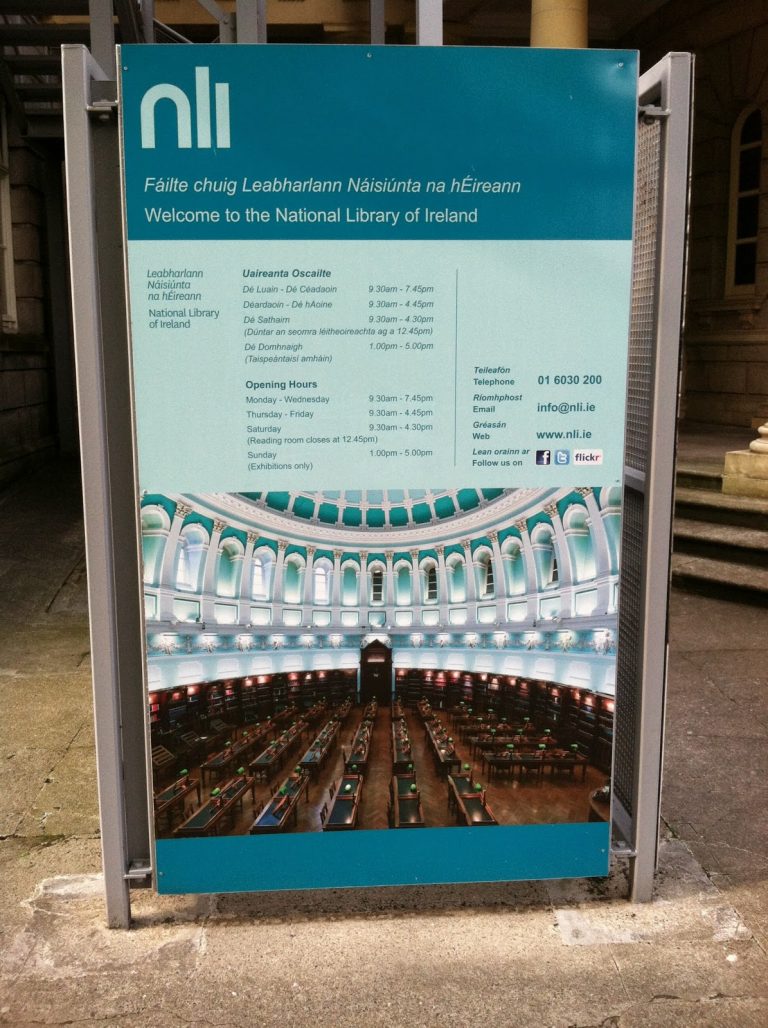
Here is some news from our British and Postcolonial Studies Cluster, where some faculty have been publishing new research and forging exciting institutional connections in the US, UK, India and Ireland. Jenny Green-Lewis is glad to say that her essay on Victorian photography and the novel, written for the new Oxford Handbook of the Victorian…

What does Cuba mean to you? To be entirely candid with you, my only experience with Cuba is its delicious cuisine. However, Cuba has always fascinated me with its rich cultural and political history. Last night’s reading with author and journalist, Mayra Montero only solidified that interest. As H.G. Carrillo emphasized in his warm introduction…